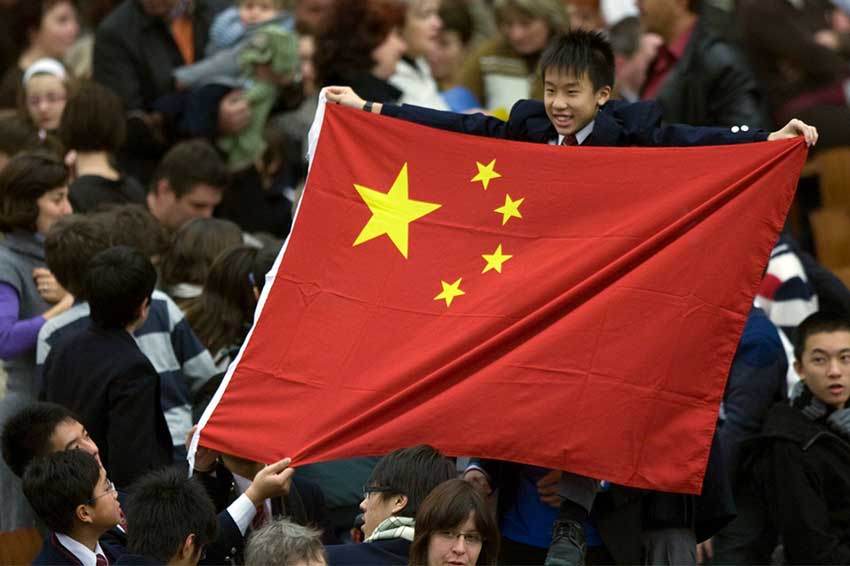
The historic but controversial two-year deal negotiated by China and the Vatican in 2018 is up for renewal next month. What it will deliver is unknown. But history provides some clues as to the goals and rationales underpinning Xi Jinping and the Middle Kingdom’s strategy towards the Catholic Church – says academic Dr John Fahey
From the beginning of contact between Catholicism and the Middle Kingdom, relations have been problematic. The position of the Church as both a spiritual and temporal power providing pastoral support for humanity was always going to cause problems for Chinese governments that held there was a natural harmony of order permeating the cosmos, earth and society. In effect, there would be a clash over who should be responsible for the perfecting of humanity in China.
a clash over who should be responsible for the perfecting of humanity
Adding to this fundamental conflict was the problem of schism inherent in Christianity and the speed with which eastern Christian sects, particularly the Nestorians, penetrated China from the 7th Century onwards. The Catholic Church faced the reality of being a latecomer and having to deal with a less than welcoming branch of Christianity that was already entrenching itself, especially amongst the Mongol tribes, something not attractive to the Ming Dynasty that displaced the Mongol-led Yuan Dynasty in 1368.
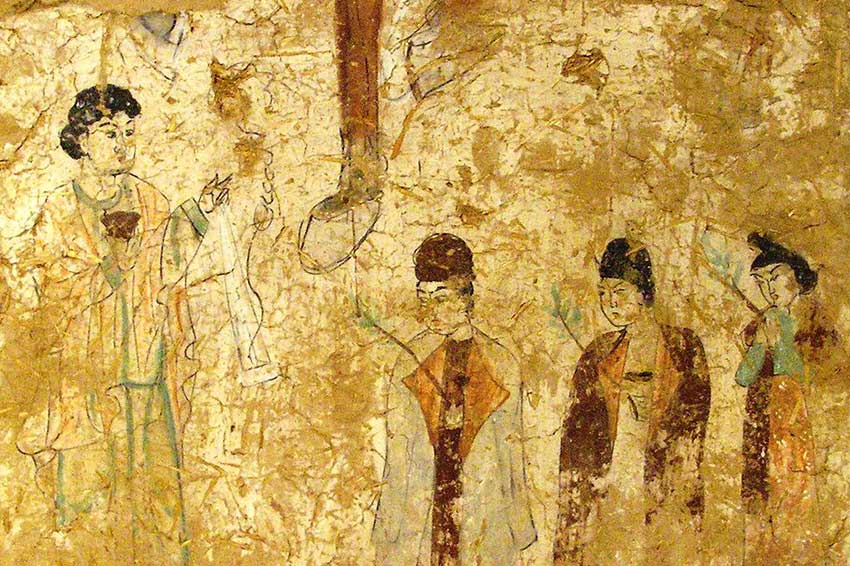
All of this was to change dramatically when Portuguese shipwrights designed and built the light and highly manoeuvrable caravel and the King of Portugal gifted a monopoly over the profits made from discoveries at sea to Prince Henry, Duke of Viseu, later nicknamed ‘The Navigator’, whose support for voyages of discovery led Portugal into the Indian Ocean and, in 1513, eventually to China. The arrival of the Portuguese in China soon led to growing contact and conflict which persisted from 1513–1554, when the Luso-Chinese agreement formalised relations between Portugal and China.
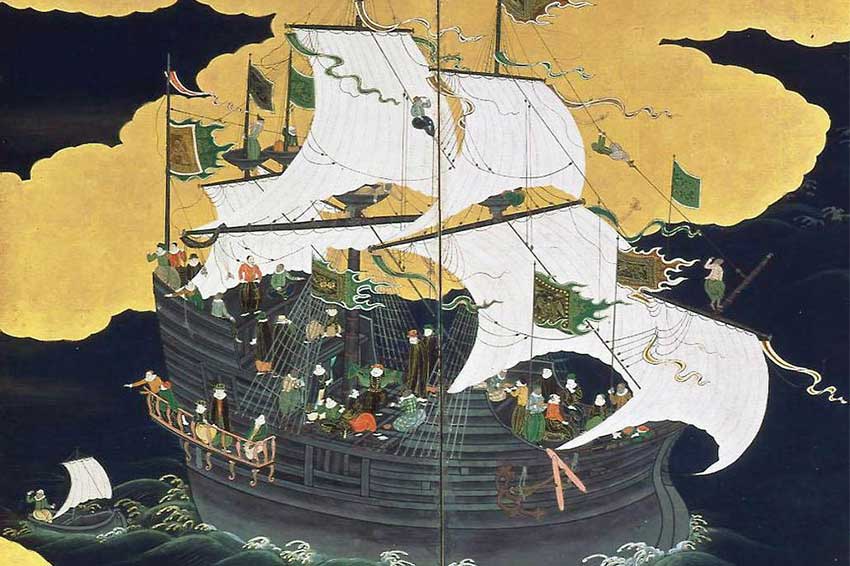
In the years leading up to the signing of the agreement the relationship had improved sufficiently to allow the Jesuit saint, Francis Xavier, to lead the first missionary expedition to China in late 1552. However, this expedition formally ended when St Francis died from fever in December of that year.
The real opening of China to the Church had to await the establishment of more settled relations between the Portuguese at Macau and a suspicious Chinese government led by the Wanli Emperor. The man sent to lead this mission was the highly capable Italian Jesuit, Matteo Ricci.
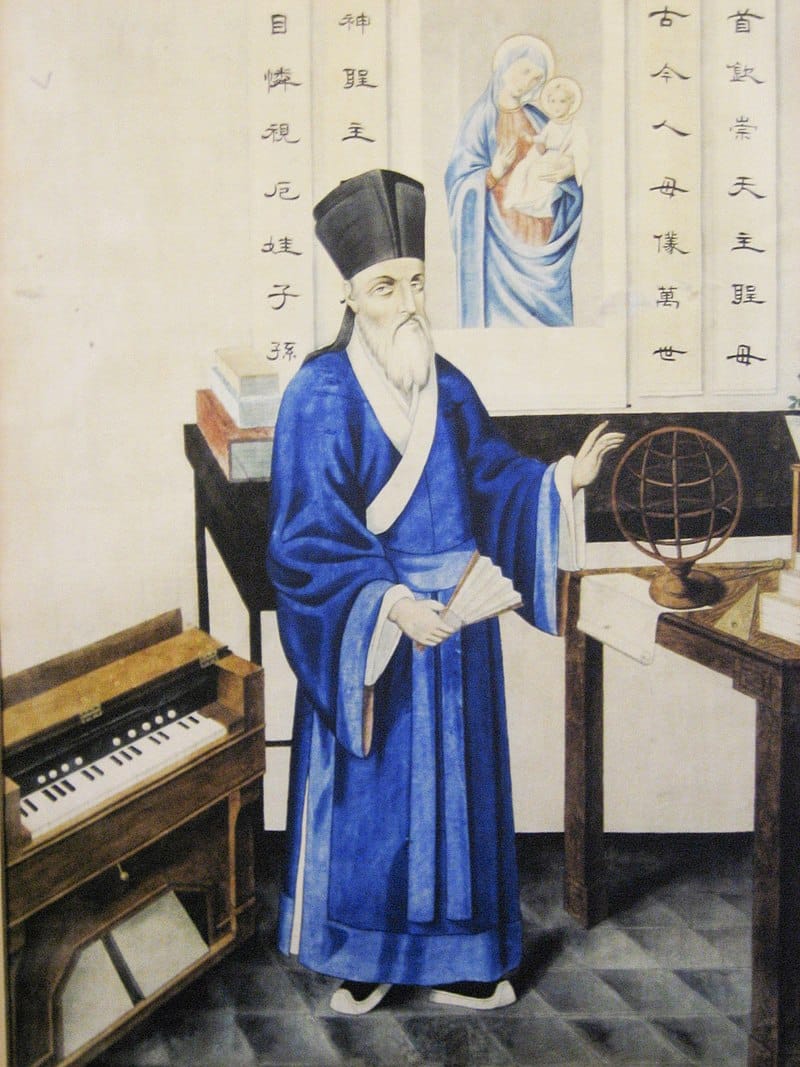
By 1563 the Jesuits under Fr Ricci had established themselves in Macau by transforming Catholicism’s ‘brand’, enhancing its compatability with Chinese customs and beliefs, especially Confucianism and Ancestor worship.
On 23 January 1576, the work of Ricci and the Society of Jesus resulted in Pope Gregory XIII establishing the first Roman Catholic Diocese in Macau with authority over China, Japan, Vietnam and the Malay Archipelago, excepting the Spanish Philippines and Portuguese India.
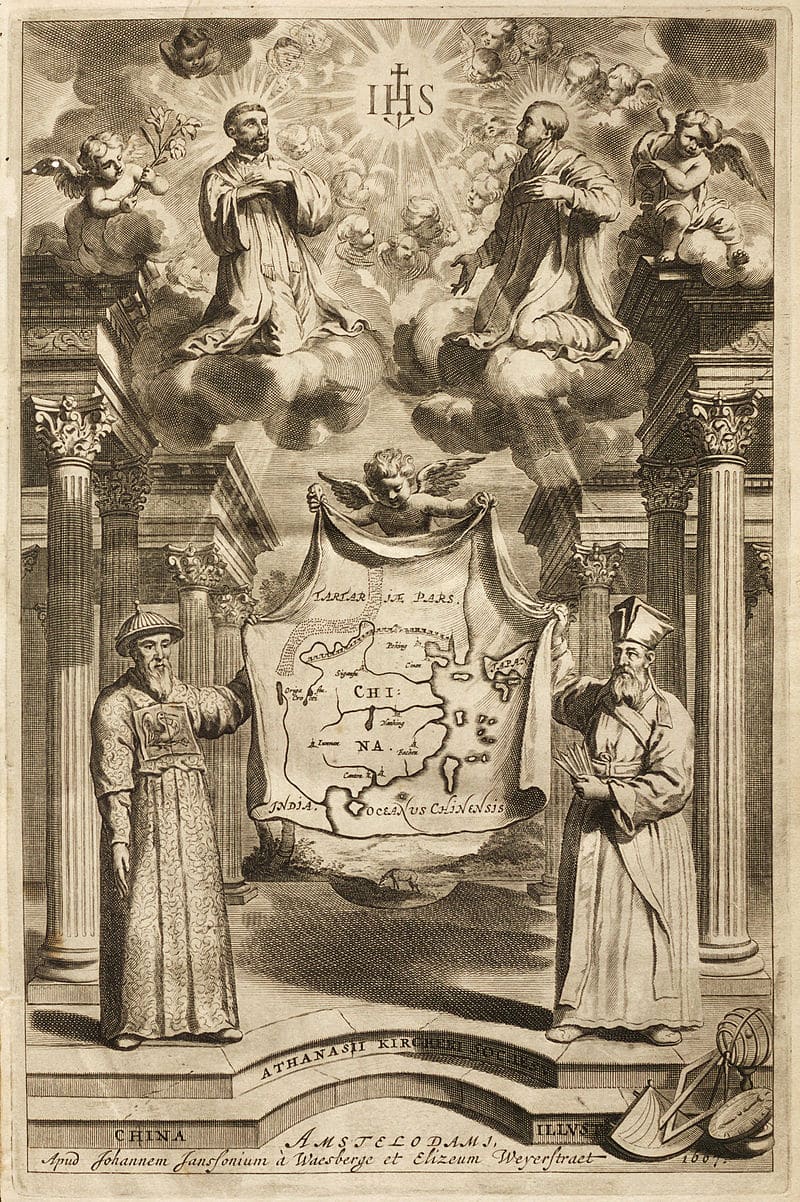
Four or so years later, Philip II of Spain became the King of Portugal throwing his weight and the treasury of Spain behind the expansion of the Church in the Far East and connecting the silver mines of South America with Manila in the Philippines and with China. With the involvement of King Philip the Jesuits now had competition from the Dominican and Franciscan orders in China. On top of this, Philip’s dedication to rooting out of error in doctrine through the Holy Inquisition soon resulted in conflict between the Jesuits and the other orders over just how far Catholics should adjust their approach in order to engage with China. Thus, the Chinese rites controversy erupted leading to the Kangxi Emperor expelling the Church from China.
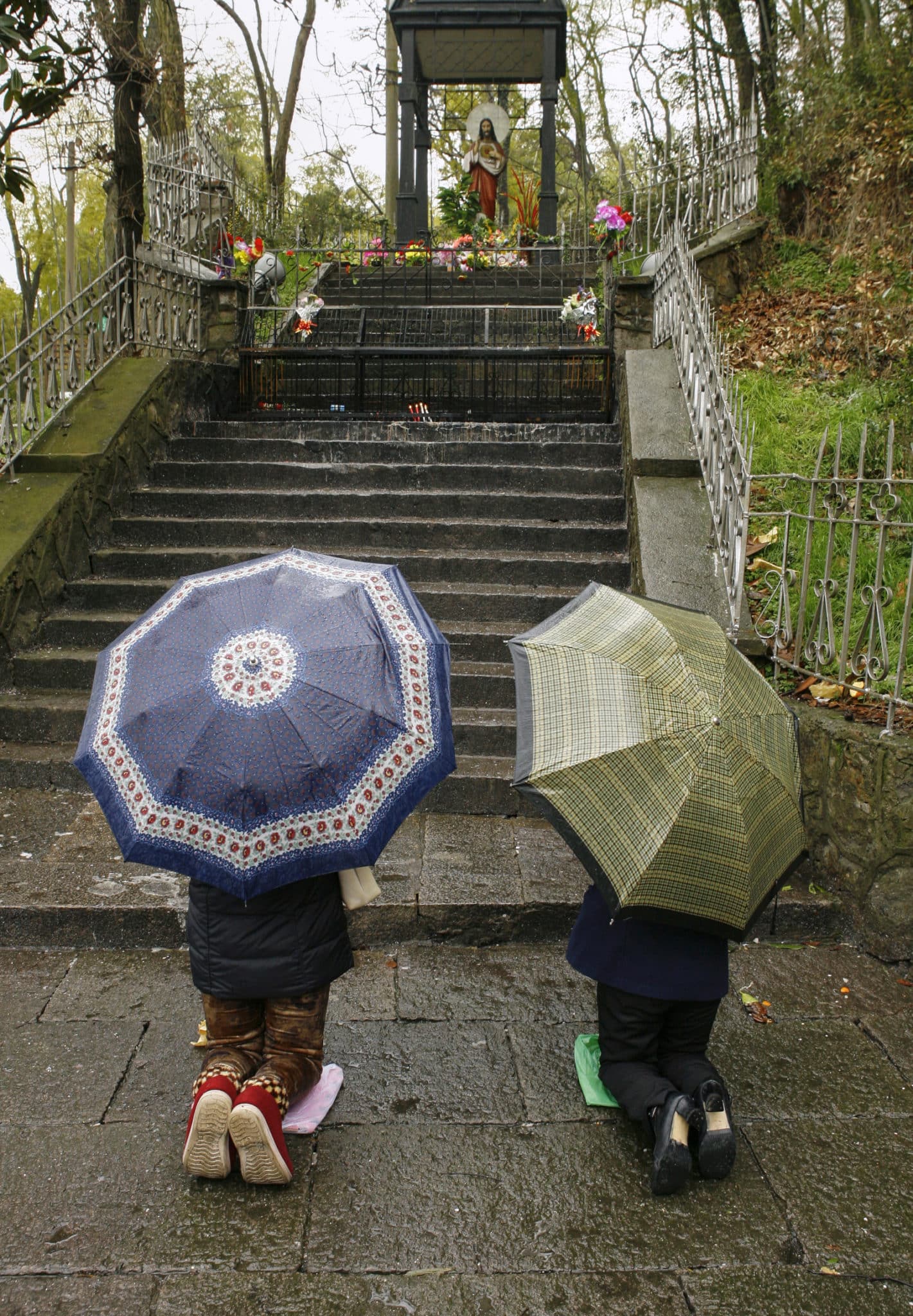
This expulsion was to have dire consequences because it occurred just as the ships of Europe’s Protestant nations were arriving off the coast of Asia and China and the absence of the Church left China for Protestant missionaries who would arrive in large numbers in the early to mid-1800s. For the Chinese, the arrival of Europeans challenged the tenets of Confucianism which found it hard to reconcile the idea that these barbarian travellers could represent forces that would ultimately destroy China’s established order and harmony.
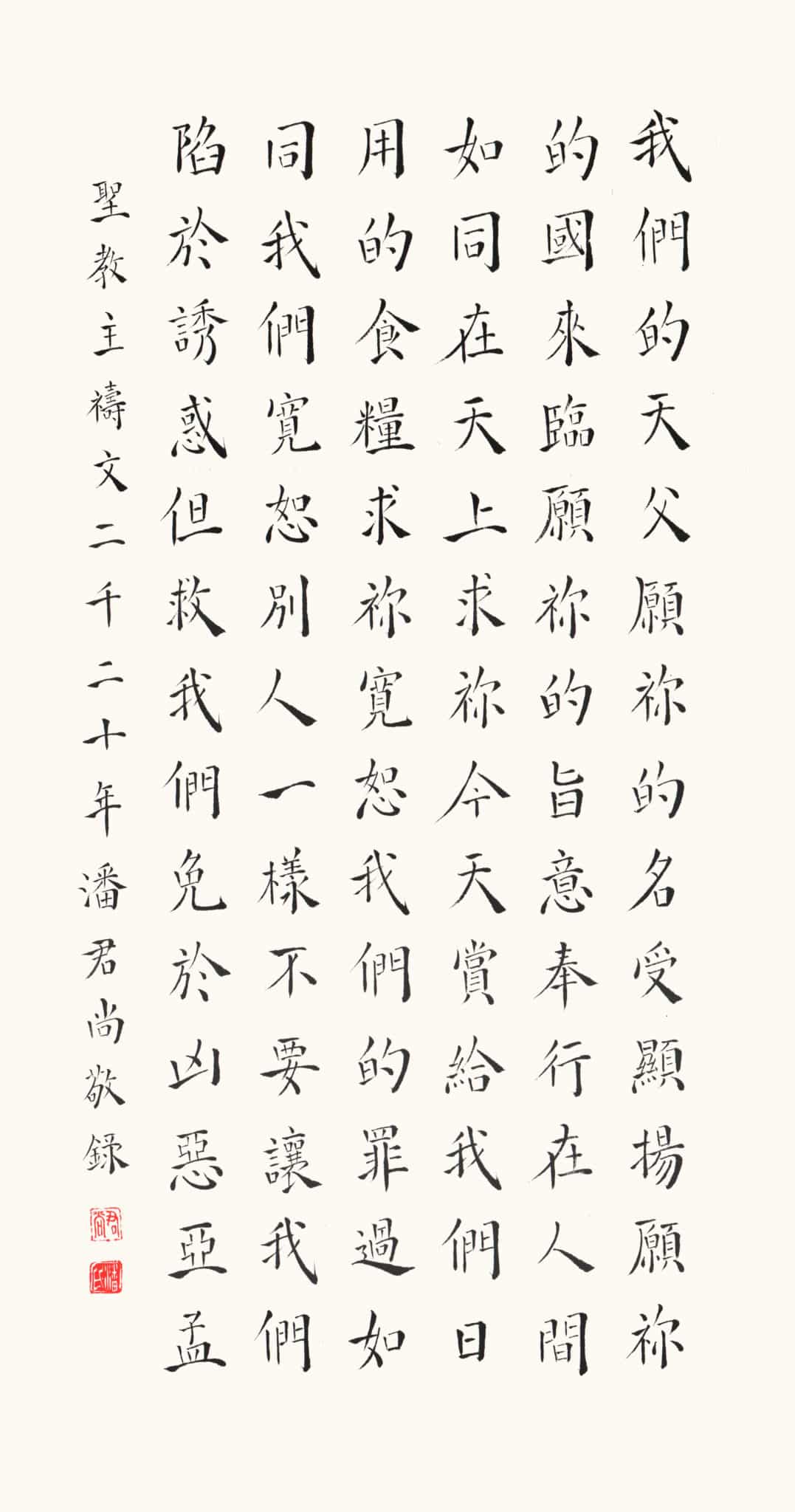
However these travellers were the obvious indicators of change. They were adventurous, avaricious and ambitious. They were also aggressive and far more technically advanced than China. To the untrained eye they were competitive, contentious and disruptive even amongst themselves. The error was, as always, to mistake these chaotic argumentative people as being too distracted to ever pose a real threat. The reality was that the chaos denoted barely contained energy and ambition as Imperial China was to find out far too late, if ever at all. The story of the European exploitation of China is well known to the modern world. Indeed, when China’s fate is considered, we can see the underpinning of her current efforts to modernise and to re-establish herself as the world’s leading power. In doing so, it can be appreciated that the new Chinese regime led by the Communist Party will extend its relationships as far and wide as possible including – once again and importantly – with the Church via the Vatican.
Communist China reaching out to establish formal relations with the Vatican may strike people as somewhat odd
The idea of Communist China reaching out to establish formal relations with the Vatican may strike people as somewhat odd. Some might rationalise it as just a sign of a growing moderation in Communist China’s attitudes towards other forms of belief. This would be a mistake. The reason the Chinese Communist Party (CCP) led government of China wants a formal relationship with the Vatican does not lie in moderation, it lies in necessity.
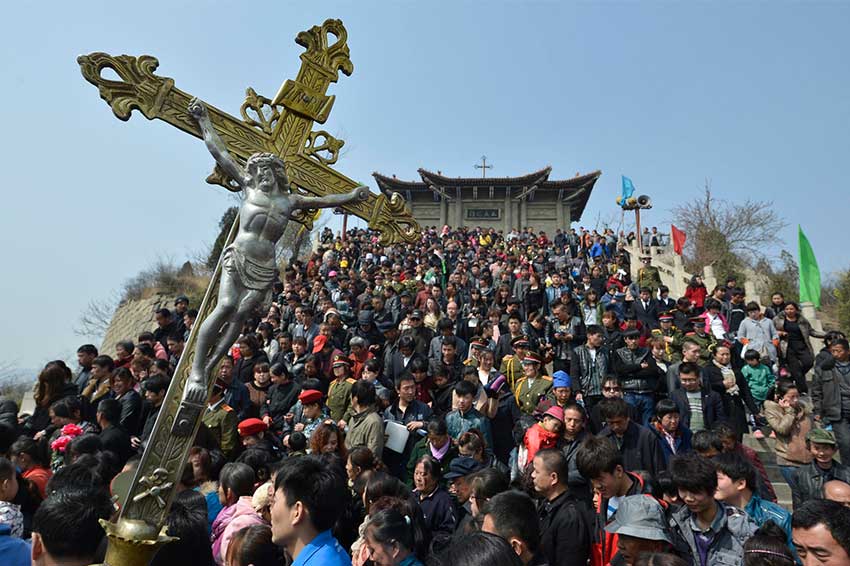
The necessity that has led to the signing of agreements between the two old sparring parties lies in the threat posed to the Communist Party by a third party or, more accurately, by the threats posed by the galaxy of third parties who constitute the Protestant churches in China.
What happened in China was that the unfettered access and activity of Protestant missionaries led to the establishment of a massive Christian establishment which, by 2010, was estimated by the China Research Centre at the Georgia Institute of Technology to number 53,000 churches catering for somewhere between 20 and 40 million Protestant Christians who were increasing their numbers by an estimated 500,000 converts a year. These figures may be an underestimate, as the Canadian Government has accepted that the number of Protestants in China may be as high as 70 million.
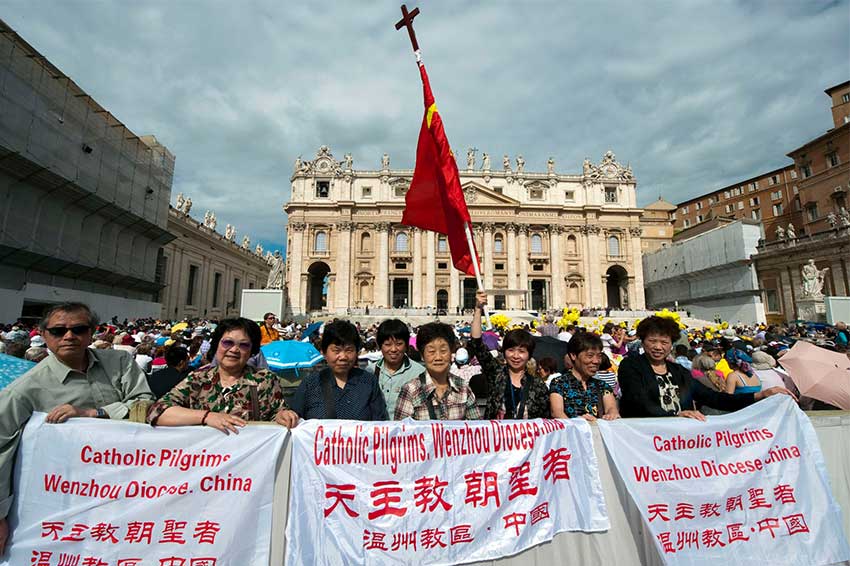
Like all statistics in China, it is hard to say how reliable any are, but it can be assumed that given the Communist regime’s crackdowns on religious groups, especially under the reign of Xi, many Protestant churches and Christians practice their faith in secret.
Like Catholicism before it, the CCP is finding that Protestants are difficult to deal with, something the very name of their particular form of Christianity proclaims. They are not willing to subject themselves to government control and many of the sects abhor all government as the work of the Devil. As a result, the CCP has had to crack down hard and only to discover that the harder the crackdown the deeper, the more diverse and the more difficult the Protestant sects become.
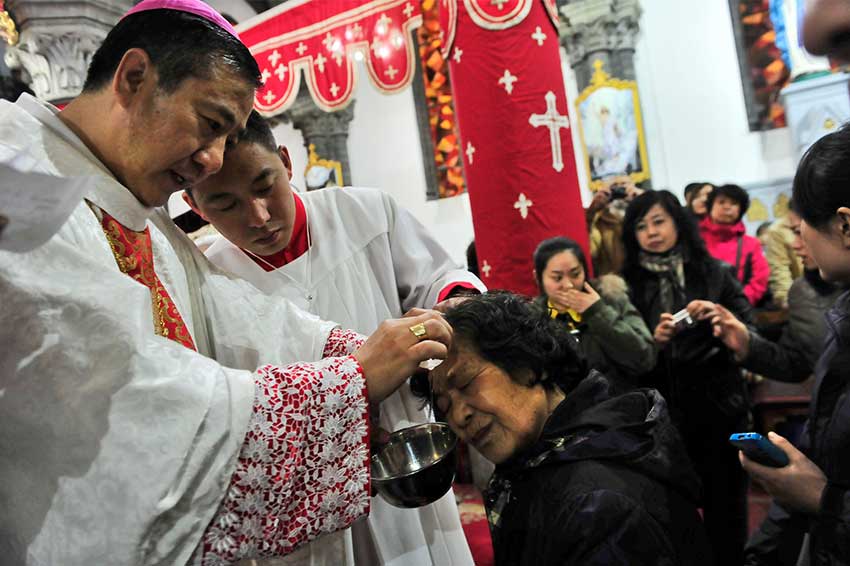
In its efforts to deal with what they can only see as a threat to their rule, the CCP has resorted to rewarding Chinese citizens, aptly described by Wang Zhicheng of AsiaNews.it as modern day Judases, by paying them to inform on their Christian neighbours. The problem for the Communist Party is that the Protestant sects are far more adept at avoiding notice than other forms of Christianity because they can meet in a room, any room.
The attraction for the Communists lies in the hierarchical nature of Catholicism
None of this is to say that the CCP government is wrong to be concerned. After all, Protestantism powered the Taiping Rebellion which lasted from December 1850 until August 1871 and resulted in somewhere between 20-30 million deaths and the effective destruction of Imperial China. It would be no surprise if the CCP regime in Beijing is thinking back to the fate of the Qing Dynasty (1644-1912) as it attempts to control runaway Protestantism in Guangzhou, Fujian and Liaoning, the centre of the Taiping Rebellion.
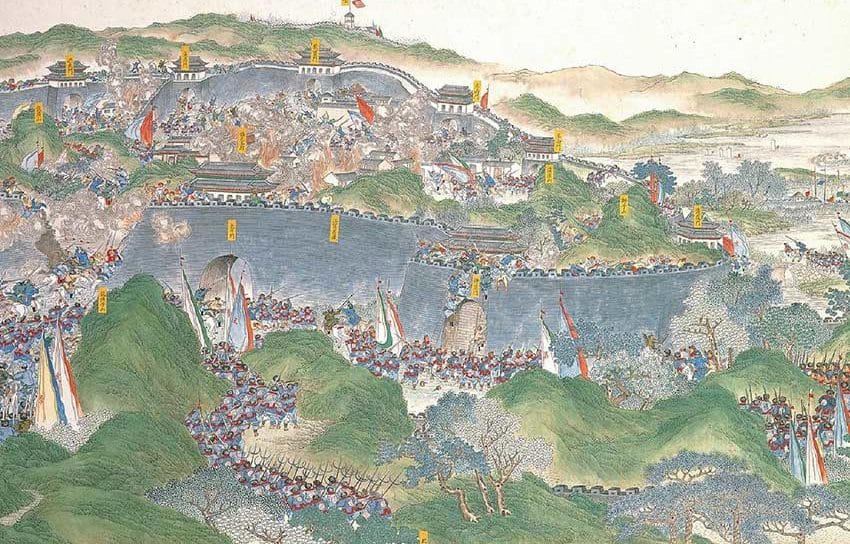
This religious problem may provide an insight into the reasons for the Communist regime’s willingness to finally negotiate an agreement with the Vatican. The attraction for the Communists lies in the hierarchical nature of Catholicism in that, like China, the Church is ruled by a single man, Pope Francis, who happily is a Jesuit. The Party understands that what Pope Francis decrees carries a weight of authority within the Catholic Church that no Protestant leader will ever be able to emulate. Thus, a top down, hierarchical Vatican is far more in line with the CCP regime’s thinking and practices. This may appear irrelevant, but it has to be said that the Imperial Chinese governments found dealing with the Society of Jesus far easier than dealing with Protestants.
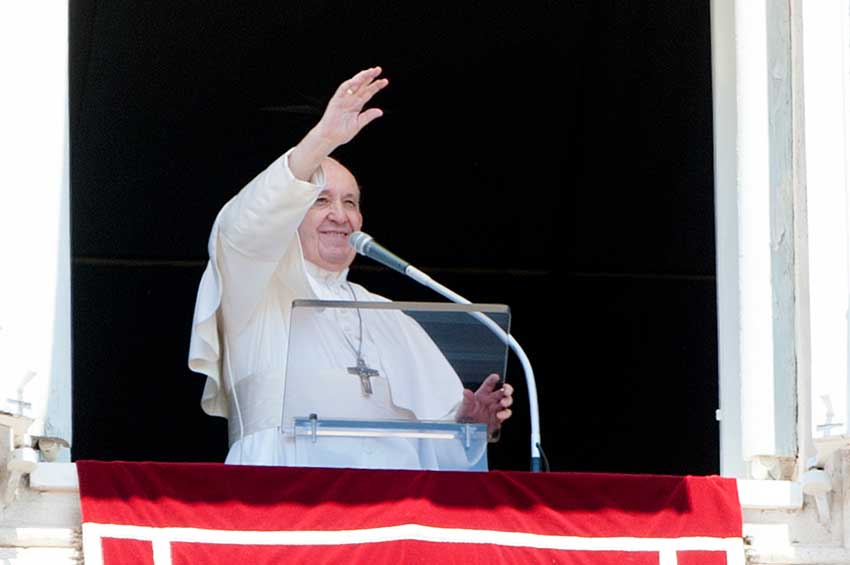
Led by Fr Ricci, the Jesuits were early adopters of Sinicisation (including being makers of forged cannons) and it is no throwaway line when Xu Xiaohong, President of the National Commission of the Three Patriotic Movements, the CCP organ used to bend religions to Chinese policy and service, speaks of Protestants having ‘a heavy history to live down’ and that they must be Sinicised and purged of ‘foreign influences’. The message is clear. The CCP via its Three Patriotic Movements apparatus can do business with the Vatican, but not with Protestantism. Yet, if the CCP wants to purge China of Protestantism, why does it want to sign agreements with the Vatican?
The answer is somewhat ironic. The Communists actually desire some of the characteristics Christianity confers on believers. Christians are notably less likely to evade their taxes, to indulge in immoral business practices, to defraud anyone outside their kinship group and to abide by their contracts.
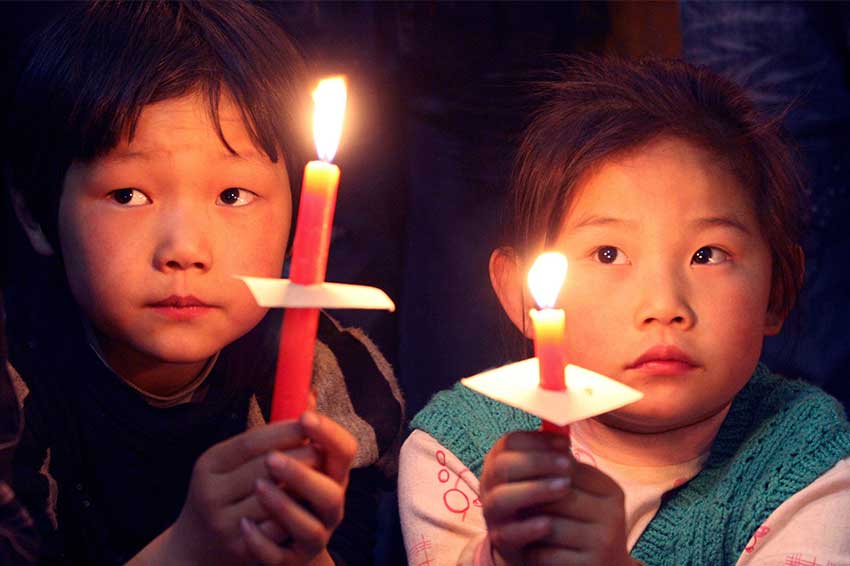
These characteristics were what Zhou Enlai desired when he ordered the creation of the Three Patriotic Movements organisation in 1951 and, as the evidence of his battle with endemic corruption in the CCP strongly suggests, it is what Xi Jinping desires today.
the CCP does not understand Catholicism
Catholicism, with its estimated ten million or so Chinese adherents and its temporal and spiritual power, is no small Protestant sect. It is a nation state that extends itself to the pastoral care of the souls of its adherents and the conversion of the lost into the one true faith. This provides the Communist regime in Beijing with a temporal organisation it believes it understands very well.
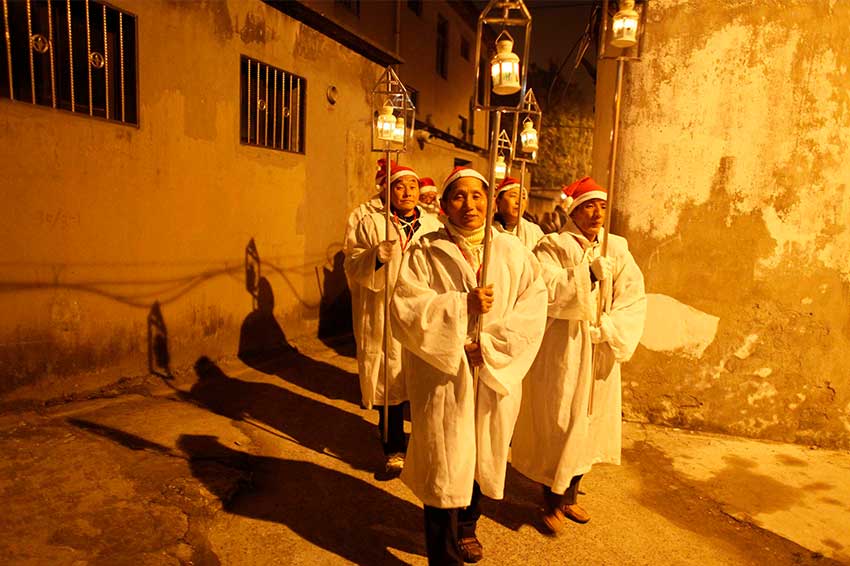
It would be unsurprising if the intended strategy for developing close ties with the Vatican is to take control of Christianity in China by providing all of those worrisome Protestants with a state-controlled form of Christianity provided by a hierarchical temporal state led by a single Pontiff.

If it is, then it is my view that the CCP does not understand Catholicism, nor the Vatican, and they are wildly optimistic about Protestant compliance with anything other than the free expression of their Christianity in their chosen sect. In the medium term, I suspect this will not end well for any of the parties involved.
Related Stories:
